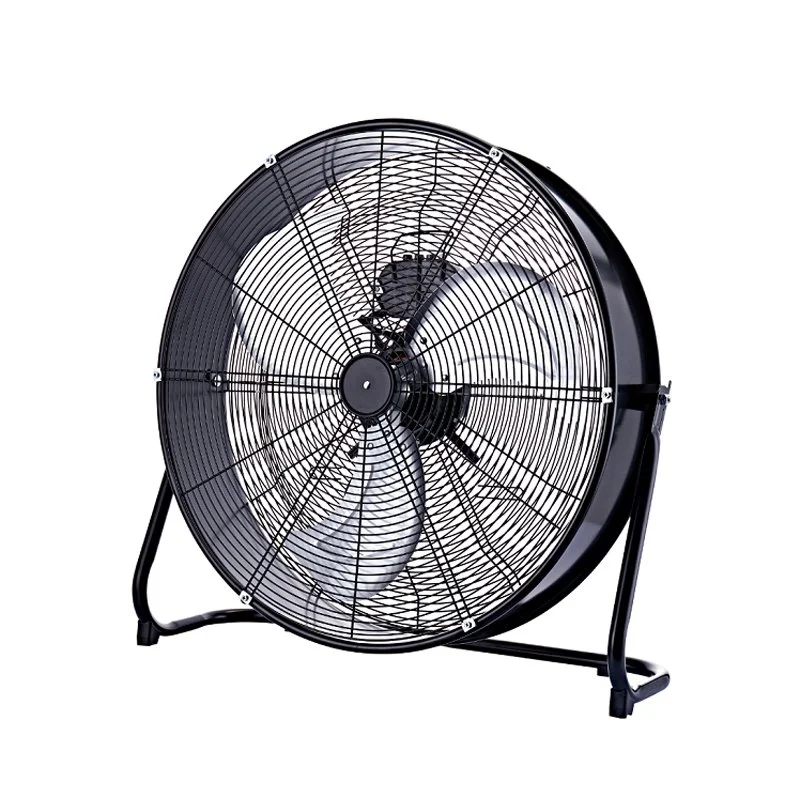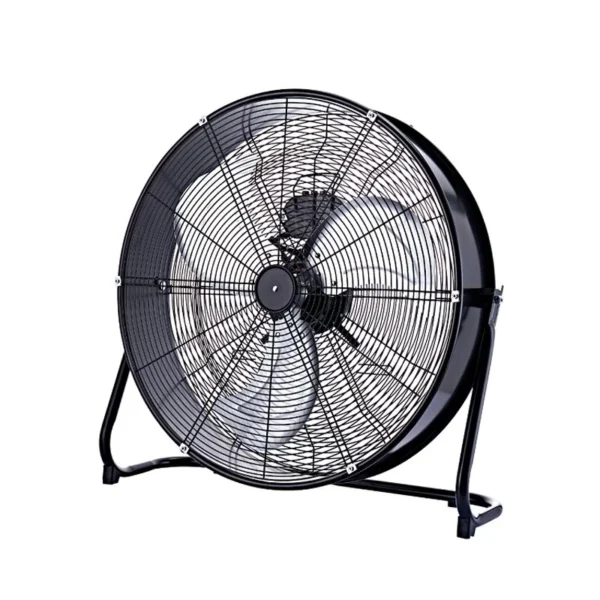
The Ultimate Guide to Choosing the Best Ducting Fan for Your Needs
Are you looking for an efficient ducting fan to improve ventilation in your home, workshop, or commercial space? Whether you need to remove fumes, control humidity, or enhance airflow, selecting the right ducting fan is crucial. In this comprehensive guide, we’ll explore the different types of ducting fans, their benefits, and key factors to consider before buying.
What Is a Ducting Fan?
A ducting fan (also known as an inline fan or extraction fan) is a ventilation device installed within ductwork to circulate air, remove pollutants, and regulate temperature. These fans are commonly used in:
HVAC systems
Greenhouses & grow rooms
Kitchens & bathrooms
Industrial workshops
Commercial buildings
Types of Ducting Fans
1. Inline Duct Fans
These fans are installed directly into ducting systems and are ideal for boosting airflow in long ventilation runs.
2. Axial Duct Fans
Best for low-resistance applications, axial fans move large volumes of air efficiently but work best in short duct runs.
3. Centrifugal Duct Fans
These high-pressure fans are perfect for systems with resistance, such as HVAC setups or industrial exhaust systems.
4. Mixed Flow Duct Fans
A hybrid between axial and centrifugal fans, mixed flow models offer a balance of airflow and pressure.
Key Benefits of Using a Ducting Fan
✔ Improved Air Quality – Removes dust, fumes, and odors
✔ Energy Efficiency – Reduces HVAC workload, lowering energy costs
✔ Moisture Control – Prevents mold and mildew buildup
✔ Temperature Regulation – Helps maintain optimal conditions in grow rooms and workshops
How to Choose the Right Ducting Fan
When selecting a ducting fan, consider:
Airflow (CFM – Cubic Feet per Minute) – Match the fan’s CFM to your room size.
Duct Size – Ensure the fan fits your existing ductwork (4”, 6”, 8”, etc.).
Noise Level – Look for low-decibel models for quiet operation.
Static Pressure – Higher pressure is needed for long or complex duct systems.
Energy Efficiency – Choose EC motors for lower power consumption.
Top Applications for Ducting Fans
Home Ventilation – Bathrooms, kitchens, and attics
Indoor Gardening – Grow tents and hydroponic setups
Workshops & Garages – Fume and dust extraction
Commercial Use – Restaurants, factories, and warehouses
Installation Tips for Ducting Fans
Position the fan close to the air source for maximum efficiency.
Use smooth, rigid ducts to minimize airflow resistance.
Seal all connections with aluminum tape to prevent leaks.
Install a backdraft damper if needed to prevent reverse airflow.
FAQs About Ducting Fans
Q: How do I calculate the right CFM for my space?
A: Multiply the room’s volume (length × width × height) by the required air changes per hour (ACH). For example, a 10’x10’x8’ grow room needing 60 ACH would require:
10×10×8 = 800 ft³ × 60 ACH = 48,000 ft³/hour ÷ 60 = 800 CFM fan needed.
Q: Can I use a ducting fan outdoors?
A: Yes, but ensure the fan is rated for outdoor use (weatherproof housing).
Q: What’s the difference between an inline fan and an exhaust fan?
A: Inline fans are installed within ducts, while exhaust fans are typically wall- or window-mounted.
Conclusion
Choosing the right ducting fan can significantly improve air circulation, energy efficiency, and indoor air quality. Whether for residential, commercial, or industrial use, understanding your airflow needs and selecting the correct fan type will ensure optimal performance.
Are you looking for the best duct fan? Please contact us for a reliable and efficient ventilation solution!

